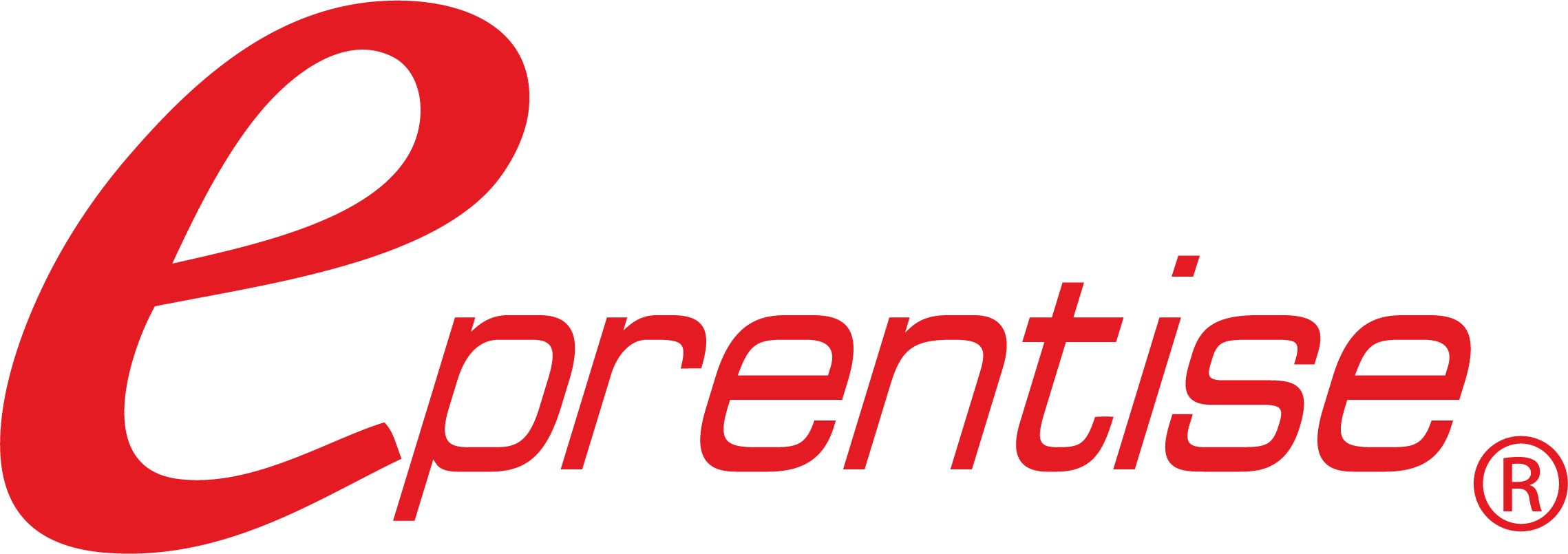The modern business and accounting landscape requires professionals to exercise and elucidate skills and understanding across many different avenues for both internal teams and external client communications. The strategic use of data visualizations has become an indelible resource for top auditing firms to represent complex datasets quickly and effectively. Review five audit areas that benefit […]
Tag Archives: Data Quality
Presented by our partner Crystallize Analytics Introduction Preparing adjusting entries often involves a lot of journal entries, staff input and tedious work. This common pain point can be avoided with the use of adjustment-only secondary ledgers in Oracle® E-Business Suite (EBS). As a more efficient processing of adjustments, adjustment ledgers reflect only adjustments without affecting […]
In the modern business landscape, global organizations are finding enhanced growth and competitive success from expanding their merger, acquisition, divestiture, and organizational change activities. For the well-prepared ERP professionals, this can feel like embarking on an exciting and long-awaited road trip, for others, it can be a harrowing journey of lost time and wrong turns […]
Are spreadsheets still a part of your IFRS (International Financial Reporting Standards) reporting process? For most companies, the answer is yes – thanks in large part to the complex requirements of IFRS, spreadsheets were often put in place to bridge the gap between the reporting differences in ERP systems and IFRS during the initial conversion […]
Sometimes audit managers must find ways to bridge gaps between finance professionals with varying levels of experience to build a cohesive team. Review four imperative skills that finance and audit teams need to have to maintain success and minimize oversight and risk whether your auditors are on day 1 or day 1001. 1. Understanding Changing […]
This article takes an insightful look into the cost of a single spreadsheet that is used for financial consolidation. Many companies ignore the high cost of maintaining spreadsheets because they have already purchased Excel or another package, and there are not huge license fees. Spreadsheets are great tools for short, small projects, but care […]
Enterprise applications must continually evolve to support ongoing business changes. Frequently companies reach a stage where their ERP applications have “functional capability” but do not efficiently support the business process and are not easily adaptable. The below method operates at the individual application level as well as the enterprise ecosystem level to help companies obtain […]
Despite the inevitability of change, the resistance to it is so pervasive that it has inspired numerous publications and an entire industry of change management experts dedicated to overcoming it. The inability to change is certainly seen as a major flaw in business, resulting in the call for agile management, agile IT, and agile thinking. […]
It is no surprise that IT is not always aligned with business goals. The conflicts arise because IT is often unaware of how the business uses the systems that IT is responsible for installing and supporting, and the business is often unaware of exactly what is involved in an IT project. There are several other […]
Automation continues to transform whole industries – and finance and audit are no exception. Specific to the financial audit, most of the high-volume, routine, non-judgmental activities in real time are being transformed by software, leaving audit professionals more time to do what they do best: analyze results and make expert judgement calls. This webinar focuses on the framework and standards under which audits are currently conducted, and will showcase real-world examples where automation streamlines workflows to transform the entire audit process.











